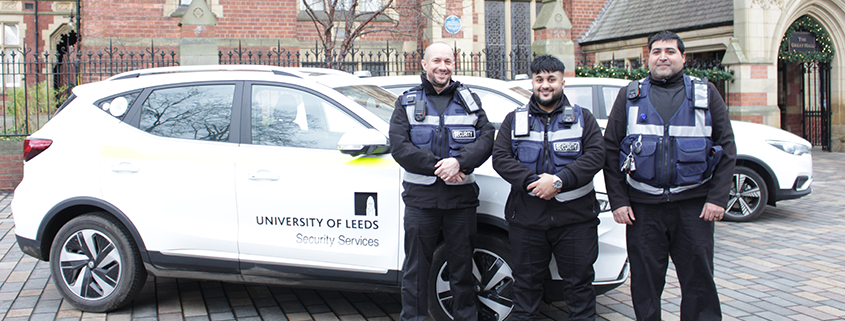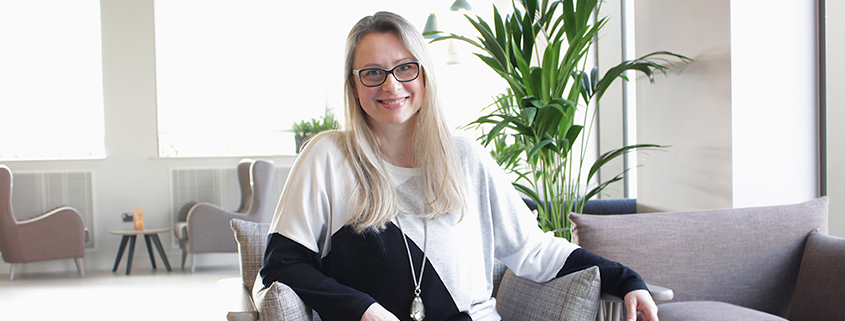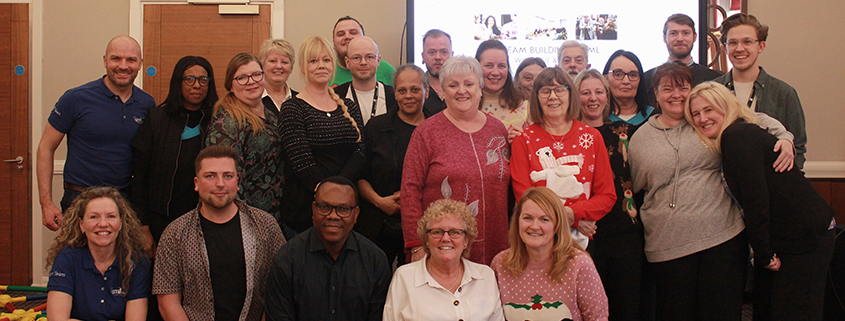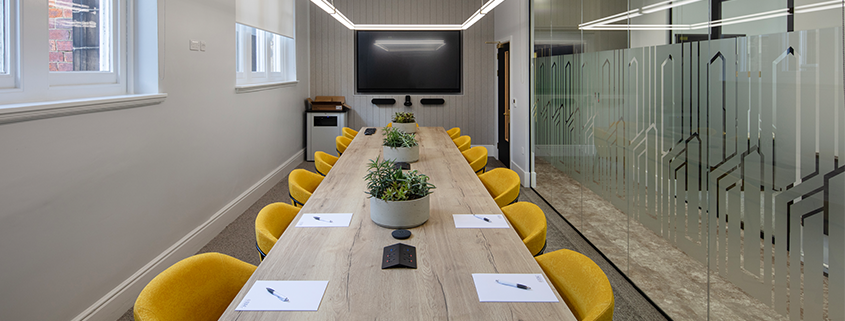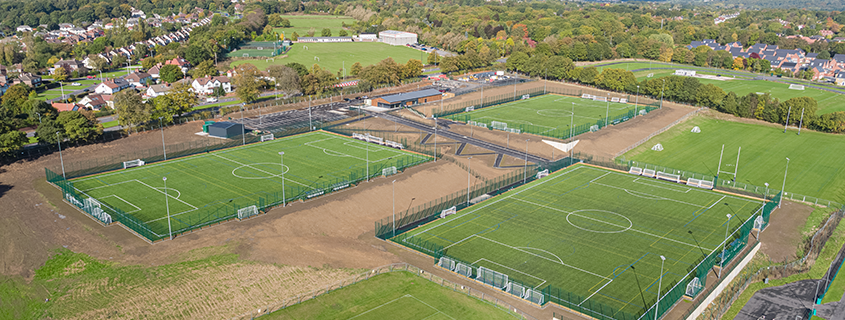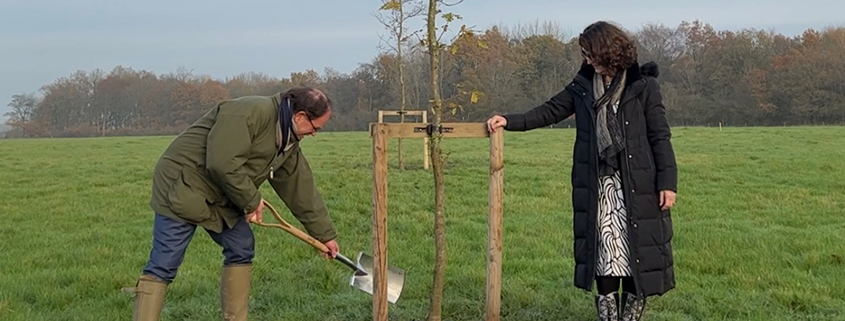Blue plaques on campus
Did you know we have blue plaques across the University campus?
There have been many influential people who have attended or worked at the University of Leeds since its earliest days. The Blue Plaques across campus highlight special achievements and celebrate those who have helped to shape our history and heritage.
Leeds Civic Trust has been installing blue plaques across the city since 1987, commemorating people, events and buildings.
Esther Simpson OBE (1903 – 1996)
Born in Little London, this University of Leeds graduate became the Assistant Secretary of the Academic Assistance Council in 1933. Over the following decades, she dedicated herself to saving hundreds of refugee scholars from persecution and death, including sixteen future Nobel Laureates.
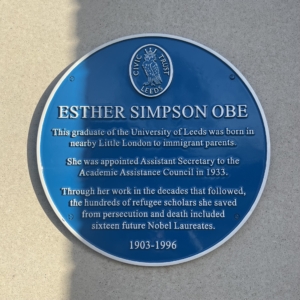
Live at Leeds
The University Refectory has become a legendary concert venue. On 14 February 1970, The Who’s electrifying performance at this venue was recorded and subsequently released as ‘Live at Leeds’, which has since become the most celebrated live album of its time.
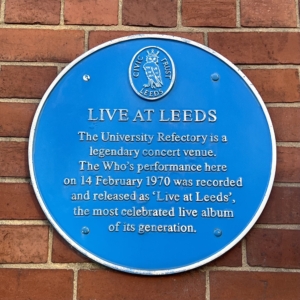
Fanny Passavant (1849 – 1944)
In 1884, this individual was appointed as the Librarian of the Yorkshire College, and when the University of Leeds was established in 1904, she became its first librarian. Under her direction, the library experienced significant growth and was initially situated at the same location. By the time of her retirement in 1919, the library’s collection had expanded to include 80,000 volumes.
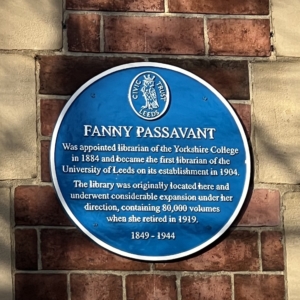
Sir William Bragg (1862 – 1942)
The Cavendish Professor of Physics at the University of Leeds from 1909 to 1915, developed the first x-ray spectrometer and was a pioneering figure in the x-ray analysis of crystal structures. Along with his son, Sir Lawrence Bragg, he was jointly awarded the Nobel Prize in Physics in 1915.
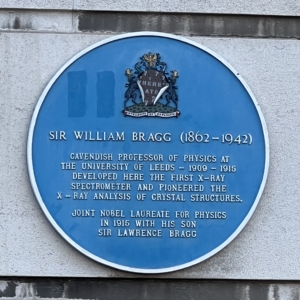
Sir Clifford Allbutt (1836 – 1925)
From 1872 to 1881, he had served as a physician at the Leeds General Infirmary from 1865 to 1884 and later became the Regius Professor of Physic at Cambridge. He is most famous for inventing the short-stemmed clinical thermometer and for revising ‘The System of Medicine’, which was considered the authoritative text for doctors at the time.
The Yorkshire College
Constructed in 1879 with the generous assistance of the Clothworkers’ Company, these buildings served as the first dedicated premises of the Yorkshire College, which had been established in 1874. They housed the weaving and dyeing sheds, as well as the museum of the Textile Department. In 1904, the College was granted university status and became the University of Leeds.
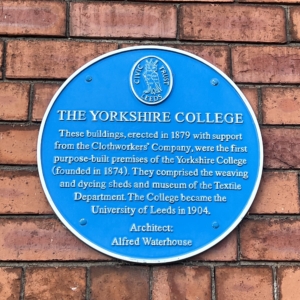
Fairbairn House
The blue plaque at Fairbairn House commemorates the life and achievements of William Fairbairn, who was a prominent engineer and played a significant role in the industrial revolution. Queen Victoria stayed in the Fairbairn House in 1858, where she also came to open the town hall.
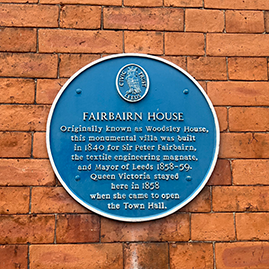
Check out the locations of the plaques on the Leeds Civic Trust website. Find out more about campus by following @UoLCampusDevelopment.


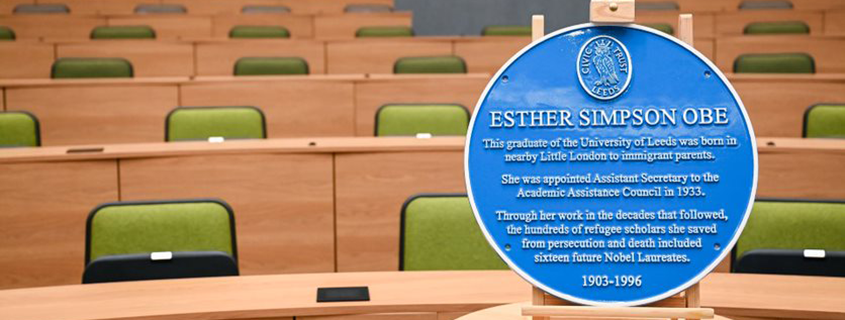
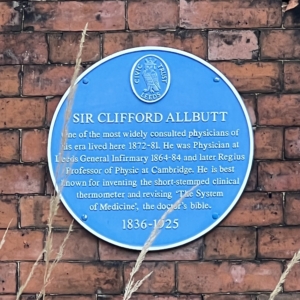
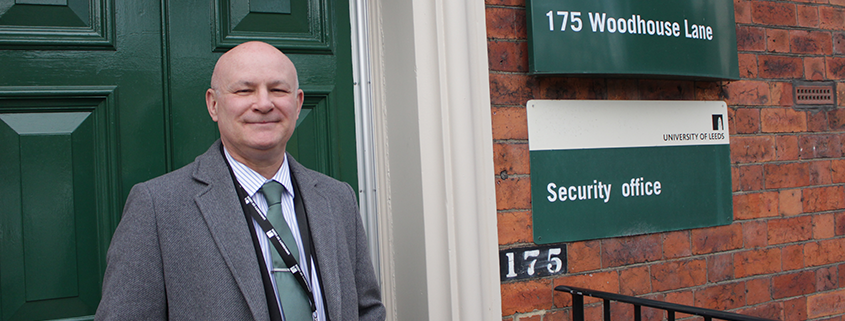
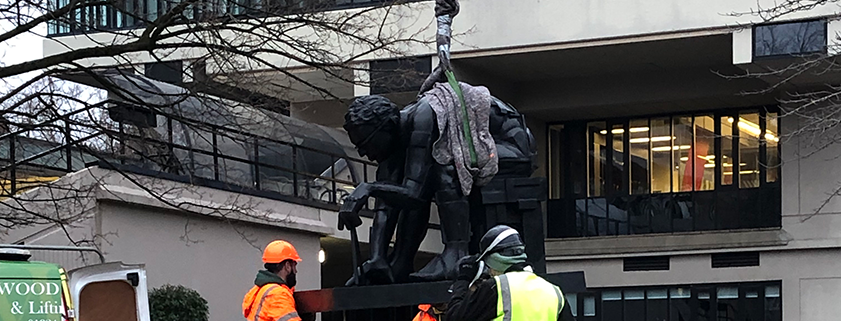
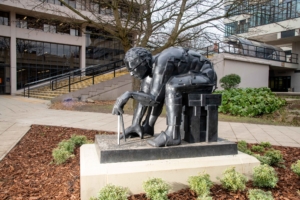
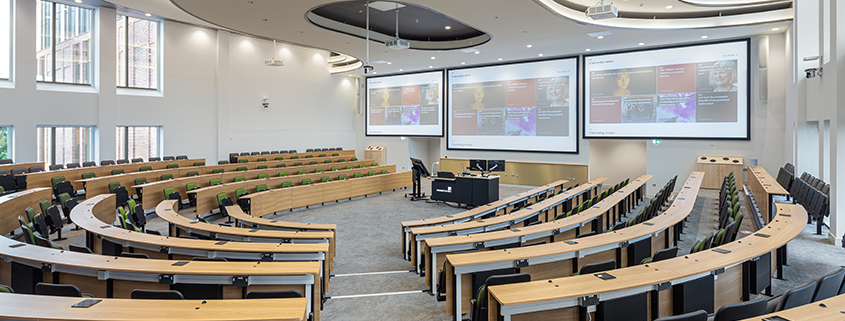
 Research shows that this kind of innovation enhances the student learning experience.
Research shows that this kind of innovation enhances the student learning experience.